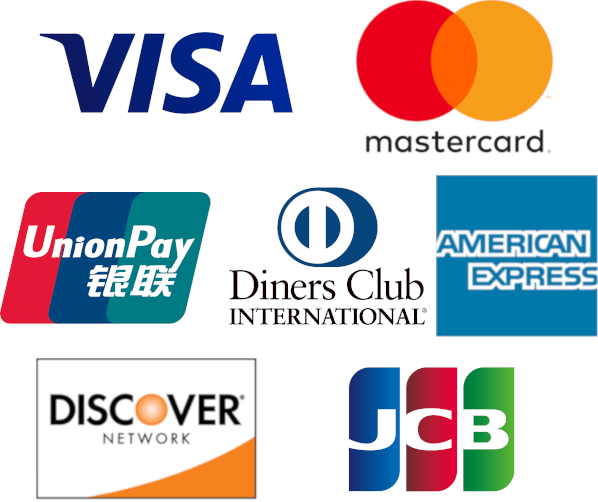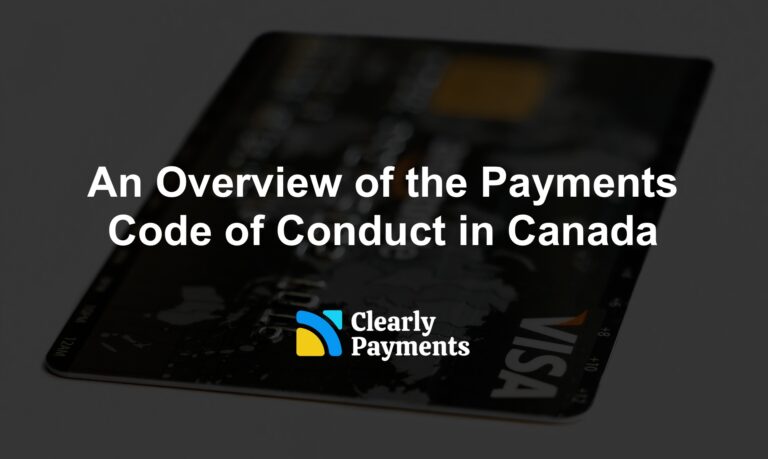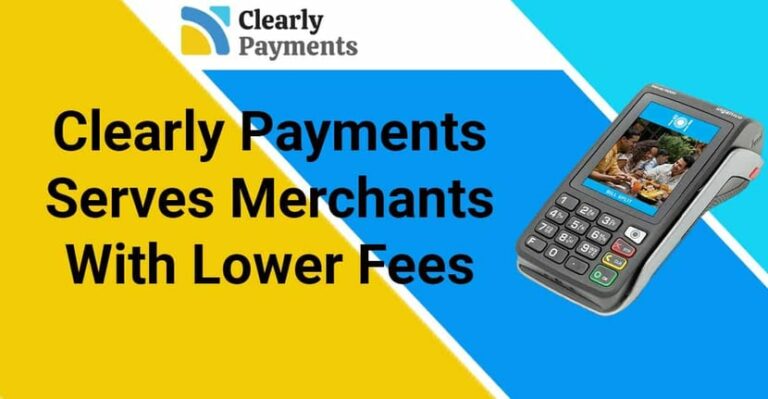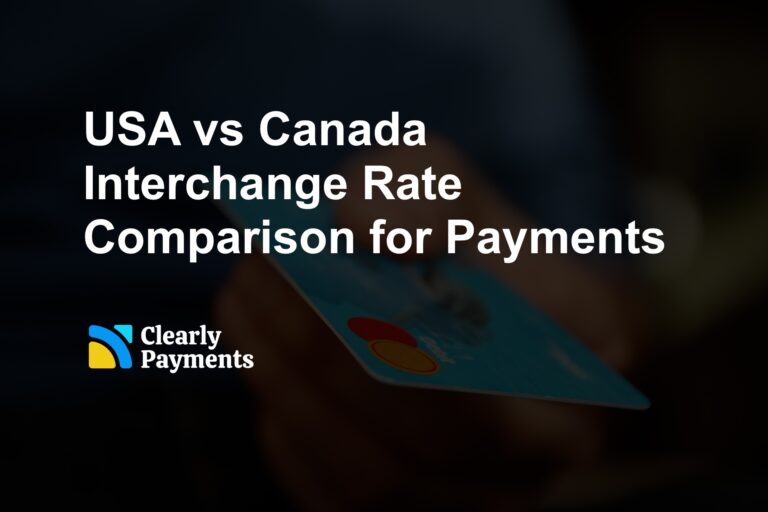Types of pricing models
Tiered pricing
Interchange plus
True interchange plus pricing takes all the fees passed from the banks and card associations (Visa and MasterCard) and passes them through to the merchant. The processor then puts a fixed and clear markup. The markup is to cover the cost of doing business including support, software development, sales, marketing, and some profit. In interchange plus, you will see pricing like interchange plus 50. This means passing through the interchange fees and adding 0.50%. The 50 mean 50 basis points, or 0.50%. An average transaction has an interchange of approximately 1.81%. This means with interchange plus 50, your rate would be around 2.31%.
The interchange fees are fees created directly by the credit card associations (Visa and MasterCard) and they can get pretty complicated. There are different rates for each type of credit card, such as the type of transaction (i.e. eCommerce, phone, etc), whether the card was in-person or not, and a collection of other factors. You can see a simplified table of interchange rates. You can also check the interchange rates out directly from Visa and MasterCard because they are publicly available.
Flat rate
Why interchange plus is the best pricing?
The issue with flat fee payment processor pricing is that it is expensive. That’s really it. The higher your processing levels, the more sense it makes to move off flat fee pricing. That’s why flat fee pricing is typically for micro businesses. If you are processing $12,000 per year, the cost difference is minimal. You could save 0.5%, so you could save $60 per year. That might not be much for you. However, if you are processing $500,000 per year, you can save $2,500 per year. That gets meaningful.
The issue with tiered pricing is that it is easy for processors to markup fees too high. We come across merchants all the time that are pay 4% or 5%. That’s ridiculous. Many times, the merchants don’t even know they are paying these rates until we do a pricing comparison for them. We hear “our processor told us that we get 1.49%”. Unfortunately, it’s not true due to non-qualified fees.
In interchange plus pricing, by clearly showing you interchange fees for your merchant account, you can easily see what the payment processing markup is. This encourages processors to use reasonable markup rates.
Where can you get interchange plus pricing?
Not all payment processors offer interchange plus. Many payment processors don’t even have the systems in place to technically offer interchange plus pricing. Some processors will only offer interchange plus pricing to large merchants processing over $10,000,000.
These days, you can find a processor to offer you interchange plus. You just need to look for it. At Clearly Payments, we exclusively use interchange plus. We are racing the processing fees to the bottom and interchange plus is the best way to do that.




